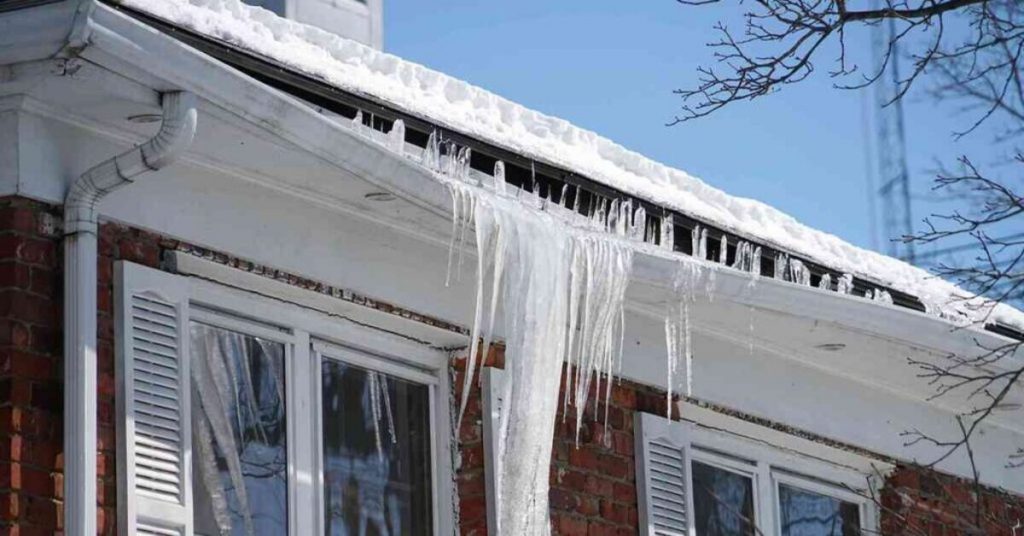

Are icicles adding extra weight to your roof each winter? This frustrating problem is known as an ice dam, and it’s a problem you need to solve as soon as possible to prevent damage to your home and avoid suffering any injuries.
But how can you fix an ice dam on a roof quickly and safely? Check the contents of this article for the 10 simple steps to solve this challenging problem.
Ice dams: Where do they form, what are they and how do they build up?
Ice dams are ice ridges that can form on a roof surface. Ice dams form when snow melts, slides down a warm roof’s surface and then freezes again due to the cold air. The ice and melted snow that refreezes create ice dams.
They build up when the interior temperature of an attic is too high, which melts the snow. Meanwhile, the sides of the roof may be freezing by contrast, causing the melted snow to refreeze.
How can you determine whether you have an ice dam?
The best way to tell if you have an ice dam is to check for icicles that hang on the sides of roof gutters or roofs. If the icicles are only in the channel, this is less of a concern, but they can still indicate that an ice dam may be about to form.
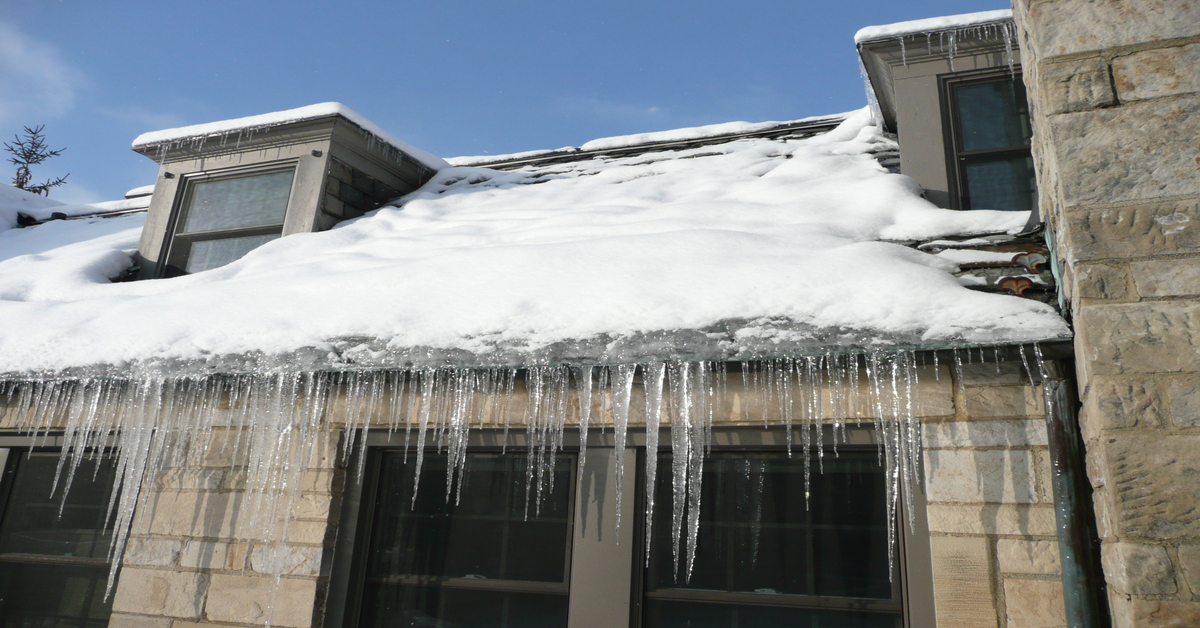
What are the main ice dam problems you may encounter?
Ice dam formation leads to various complex problems. The main ice dam problems you may encounter include:
- Severe damage to gutters (including broken or torn off gutters)
- Loosening of the roof’s shingles and expensive repairs
- Water drainage failure
- Mildew and mould growth
- Peeling paint
It’s always best to prevent ice dams before they cause severe and expensive damage to your home.
How can you prevent ice dams’ damage?
If you’ve noticed you have an ice dam, cannot remove it straight away and need to prevent ice dams from damaging your home temporarily, there are some processes and products you can use to help:
- Use a box fan in your attic space. By using a box fan and directing the cold air towards the water, you can freeze the incoming water and prevent mould formation
- Evo Poly Damp Proof Course can be a temporary fix as it puts a stop to moisture draining through the bricks and blocks from walls
- Butyl Adhesive Strips can seal metal roof sheets if you’re unable to get rid of the ice dam immediately
However, getting rid of ice dams and removing them from your home is the best solution.
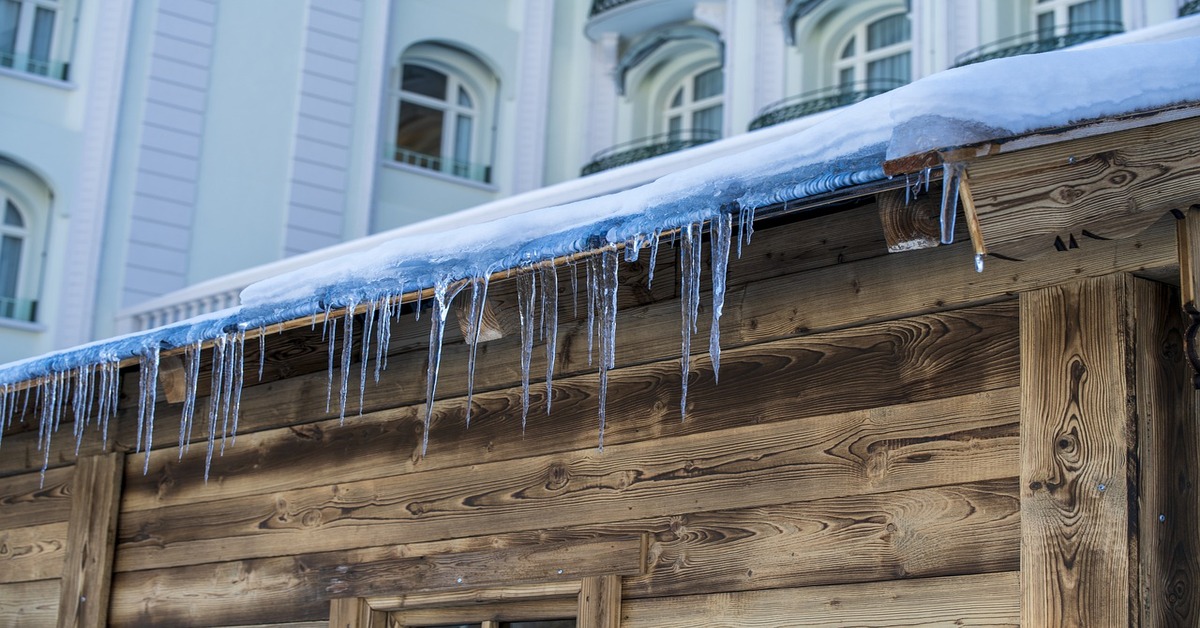
Ice dam removal: How can you remove ice dams quickly and efficiently?
Removing ice dams can be tricky, but there are a few steps you can take to tackle your ice dam problem. Here’s how to fix ice dams on rooftops and remove existing ice dams.
1. Rake and remove the melting snow from your rooftop
Start by getting rid of the snow. From the ground, it’s possible to remove snow from your rooftop. Roof rakes are long and easy to manoeuvre, meaning you can proceed to get rid of the snow from the ground. If you need to access the rooftop with a roof rake, use a Ladder Roof Hook to safely reach the top.
2. Install ice melt on your roof
Ice melt will ensure your roof no longer gets a build-up of snow, preventing ice dams forming. If you put the ice melt across the dam and into your gutter, this method also helps to facilitate water drainage via the drain. It can ensure the water no longer seeps into the inside of the roof. You can also add calcium chloride rock salt to increase the melting process.
3. Use hot water to thaw out the ice dam
You can use hot water to melt the dam or hand it over to a professional to melt the ice. However, there’s one situation where you shouldn’t use this method – if you’ve got a leak in your roof, avoid using hot water as it can enter your home.
4. Avoid chipping away at an ice dam with tools
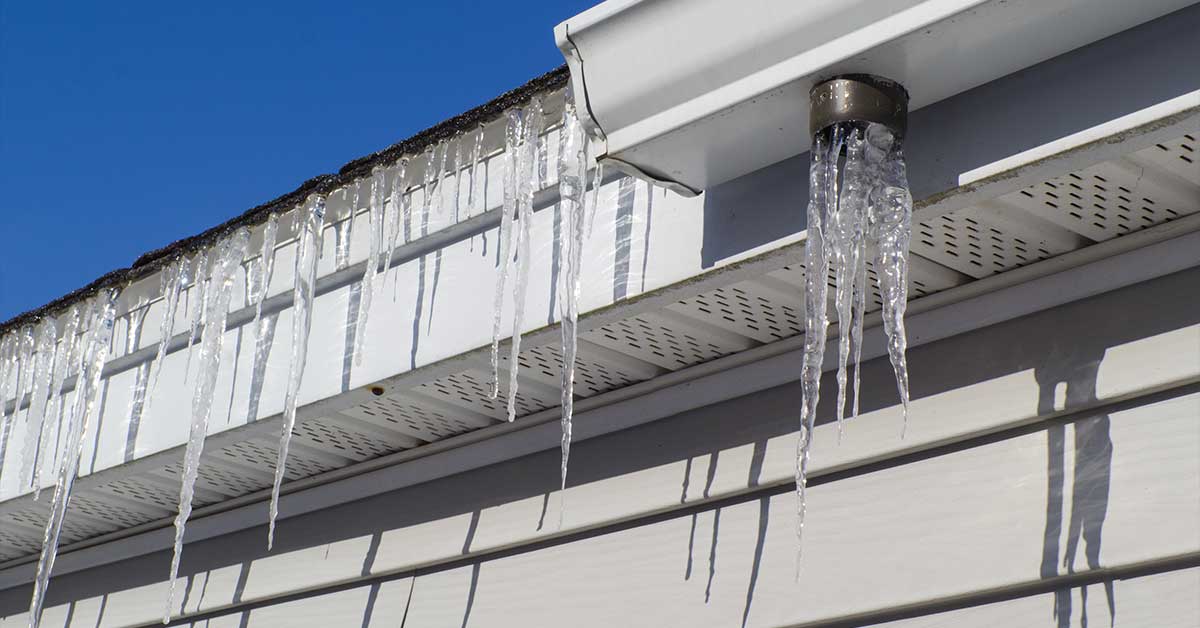
Although you may think you can eliminate ice dams by breaking them down, avoid chipping away at an ice dam with tools like an ice pick for two key reasons. You can damage the layers of your icy roof and cause more damage using this method. You can also cause damage to the gutters.
5. Install the ideal amount of insulation
Preventing ice dams forming requires insulation. Since an ice dam forms due to melted ice and heat loss, ice dam prevention must involve preventing the warmth from escaping the home. You may use spray foam insulation to regulate heat loss and prevent the roof’s underside from warming up.
6. Use a blower door test
A blower door test is ideal for checking where your home might have poor insulation. It works by using a depressurising method in your home and checking whether there are any poor insulation areas with thermal cameras. This method is also ideal for checking whether the ventilation is lacking in your home.
7. Check that your roof has adequate ventilation
Poor ventilation makes the heat in your roof escape more quickly and cause the snow to melt. It’s critical to keep vents open and ensure they aren’t blocked to maximise the airflow and avoid condensation (which can also melt the snow). Remember that choosing a turbine vent can lead to other problems as moist air can circulate and distribute through the attic.
8. Fully insulate the roof ducts
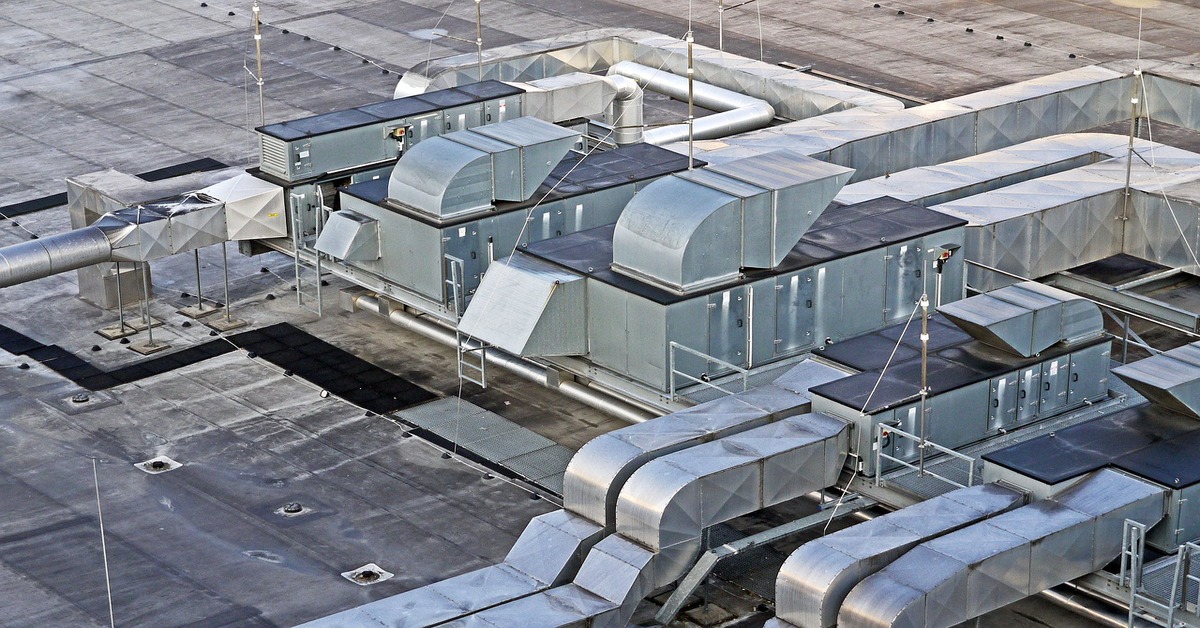
Part of roof insulation includes ensuring that you seal and insulate the ducts. This process will ensure your attic and roof remains cold, and the snow outside doesn’t melt. A couple of methods you may consider to insulate roof ducts is to use spray foam or use attic ceiling insulation.
9. Cover the hatch that leads to your attic
Since reducing ice dams involves keeping your attic cool, covering and insulating attic hatches or doors is another step that will help you avoid ice dams. This process helps you exclude the heat from the attic, stopping the ice from melting on the roof’s surface.
10. Ensure your gutters are clear
With a gutter clearance method, you can keep the amount of water that accumulates on the roof to a minimum. The technique will greatly reduce the formation of ice dams and make it easier to handle them in the future.
Fix ice dams and prevent them from forming quickly and efficiently
Fixing ice dams and preventing them from forming may seem challenging, but following the 10 steps outlined in this article is the simplest way to remove them from your home.
Temporary fixes, like using damp proof courses or box fans, can help, but ensure you implement permanent solutions to avoid ice dams on your house roof.
